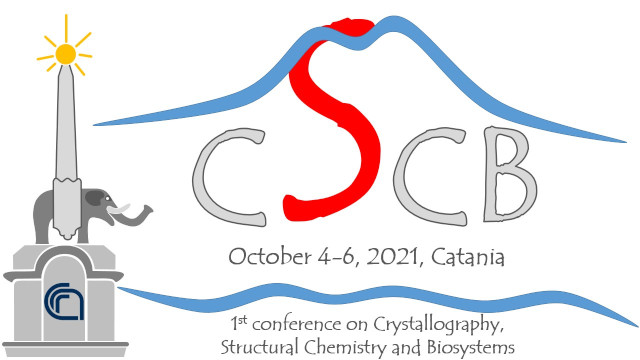Speaker
Description
Label-free Multiscale X-ray Imaging can be performed by Table-Top equipment, exploiting both Absorption (usually referred to as X-ray Transmission Microscopy “XTM”) and Scattering contrast. X-ray scattering techniques can provide a large amount of structural and morphological information, both at the atomic and nano-scale, and are thus particularly suited to study composite/nanostructured materials. The crystalline components are mainly studied by Wide Angle X-ray Scattering (WAXS), providing information on the crystallinity and crystalline phases, as well as on possible texture. The nanoscale structure/morphology can be assessed based on the Small Angle X-ray Scattering (SAXS) signal, and related to the possible crystallinity through combined SAXS/WAXS mapping. SAXS/WAXS/XT Microscopy is particularly suited to study biological tissues (or any structured material) with nano and/or atomic scale periodicity, such as calcified healthy or pathological tissues.1 In the biomedical field, this approach allows for example to study mineralized bio-scaffolds, or reveal osteogenic differentiation of stem cells through the analysis of nanocrystalline differentiation products.2 The availability of high brilliance X-ray micro-sources for laboratory equipment allows nowadays to perform the aforesaid advanced X-ray characterization, in both transmission and reflection geometries, in the home laboratory, being such X-ray sources considered as “synchrotron-class”. Moreover, suitable data treatment can further enhance the performances of the experimental equipment, returning in several cases results comparable to those obtained at a synchrotron beamline. A in-house developed package (SUNBIM) for the collection and analysis of X-ray microscopies with absorption and/or diffraction contrast, as well as data reduction for transmission and reflection geometries is freely available at http://www.ba.ic.cnr.it/softwareic/sunbimweb/, and constantly updated. The synchrotron-class micro-source combined with the SAXS/WAXS system installed at IC-Bari (XMI-L@b) has been successfully applied to the study of free-standing bio- and composite materials,3 as well as to polymer nanofibers for optoelectronic devices. Moreover, it has been successfully applied in grazing incidence reflection geometry (GISAXS/GIWAXS) for the study of several nanosttructured films for advanced electronic applications, in particular based on 2D nanocrystals.
References
- C. Giannini, M. Ladisa, V. Lutz-Bueno, A. Terzi, M. Ramella, L. Fusaro, D. Altamura, D. Siliqi, T. Sibillano, A. Diaz, F. Boccafoschi and O. Bunk. IUCrJ. Volume 6, Part 2, 2019, 267-276.
- Procopio, A.; Malucelli, E.; Pacureanu, A.; Cappadone, C.; Farruggia, G.; Sargenti, A.; Castiglioni, S.; Altamura, D.; Sorrentino, A.; Giannini, C.; Pereiro, E.; Cloetens, P.; Maier, J.; Iotti, S. ACS Cent. Sci. 2019, 5, 1449-1460.
- F. Scattarella, E. Altamura, P. Albanese, Dritan Siliqi, M. Ladisa, F. Mavelli, C. Giannini and D. Altamura. Table-top combined scanning X-ray small angle scattering and transmission microscopies of lipid vesicles dispersed in free-standing gel. RSC Adv., 2021, 11, 484.

